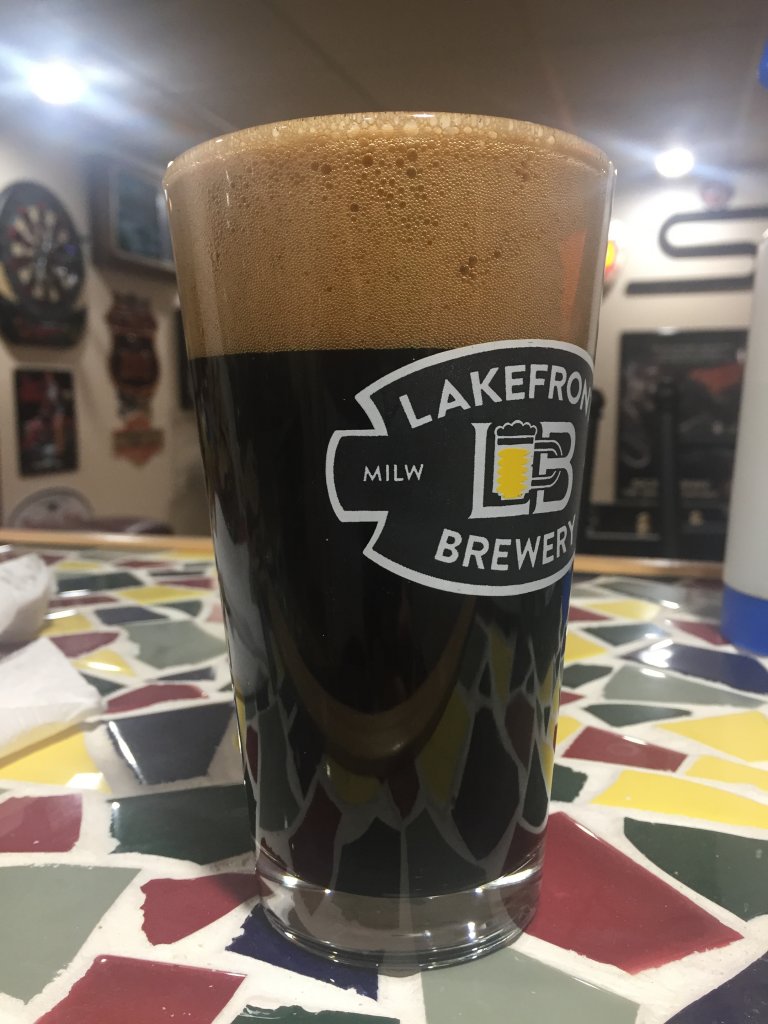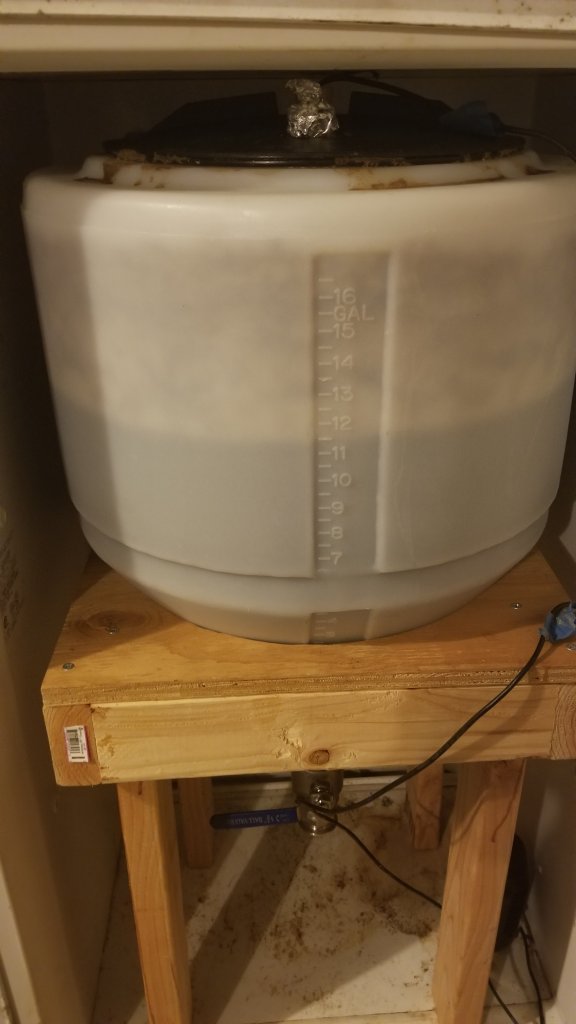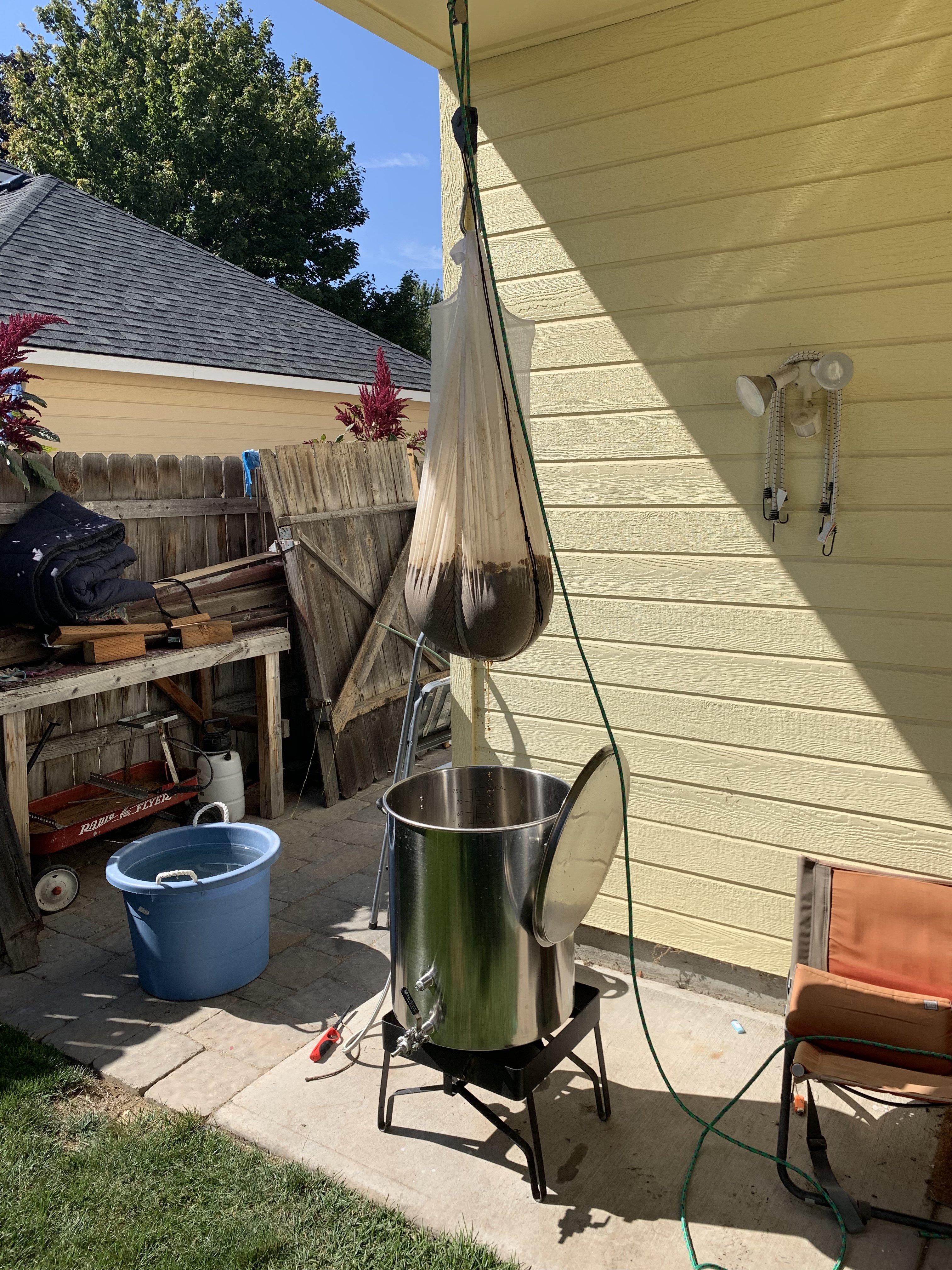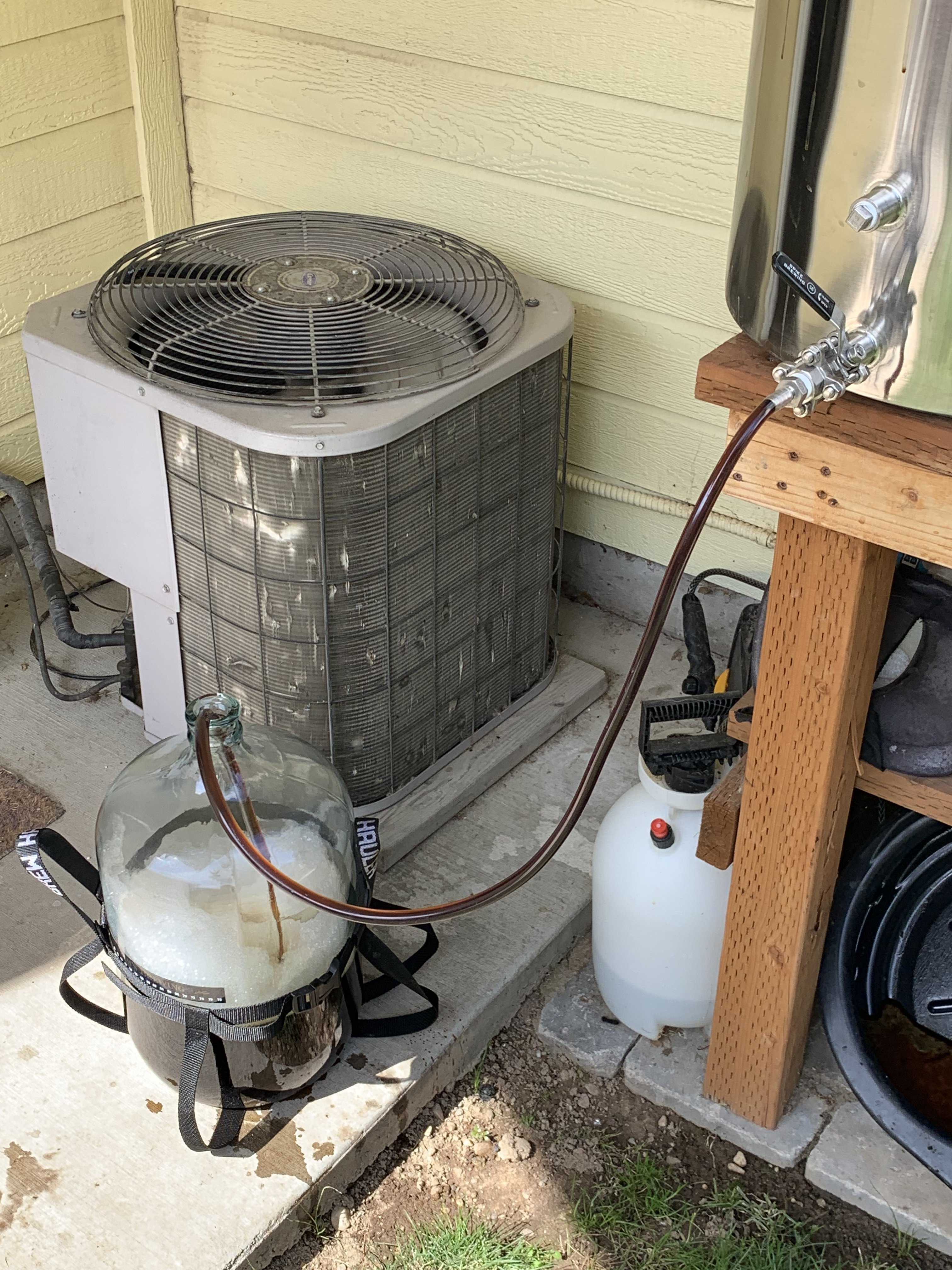No reason you couldn't use a growler for the purpose of aging on chips, but given that small amount I would.knly go a few days at most. Using chips imparts flavors pretty quick and only doing a half gallon worth it won't take long to get oak into it.
This beer is big enough that you should be able to play with adding flavoring, extracts, spices, etc. Just remember less is usual more and you can always add more, but you can't take it out.
If adding flavorings make sure you read the labels closely for what's really in them. I would add extracts or flavorings at bottling or kegging time. If you aren't sure of how much to add you can put it in the fermenter, give it a real gently swirl, allow a day or two for it to mix in, then taste and see if it's where it want it. Some would say to pull a sample and use a very small amount of flavoring and find how much you like, the scale it to the full batch, personally this hasn't worked for me, but it might for you
This beer is big enough that you should be able to play with adding flavoring, extracts, spices, etc. Just remember less is usual more and you can always add more, but you can't take it out.
If adding flavorings make sure you read the labels closely for what's really in them. I would add extracts or flavorings at bottling or kegging time. If you aren't sure of how much to add you can put it in the fermenter, give it a real gently swirl, allow a day or two for it to mix in, then taste and see if it's where it want it. Some would say to pull a sample and use a very small amount of flavoring and find how much you like, the scale it to the full batch, personally this hasn't worked for me, but it might for you

























![Craft A Brew - Safale S-04 Dry Yeast - Fermentis - English Ale Dry Yeast - For English and American Ales and Hard Apple Ciders - Ingredients for Home Brewing - Beer Making Supplies - [1 Pack]](https://m.media-amazon.com/images/I/41fVGNh6JfL._SL500_.jpg)







































